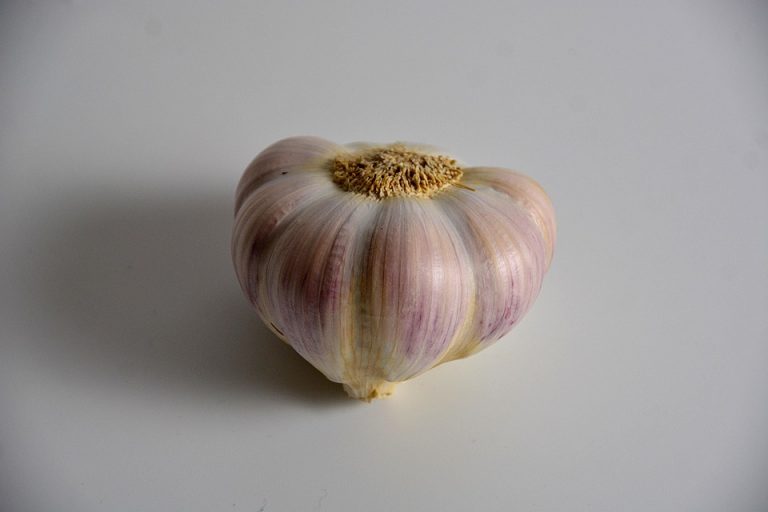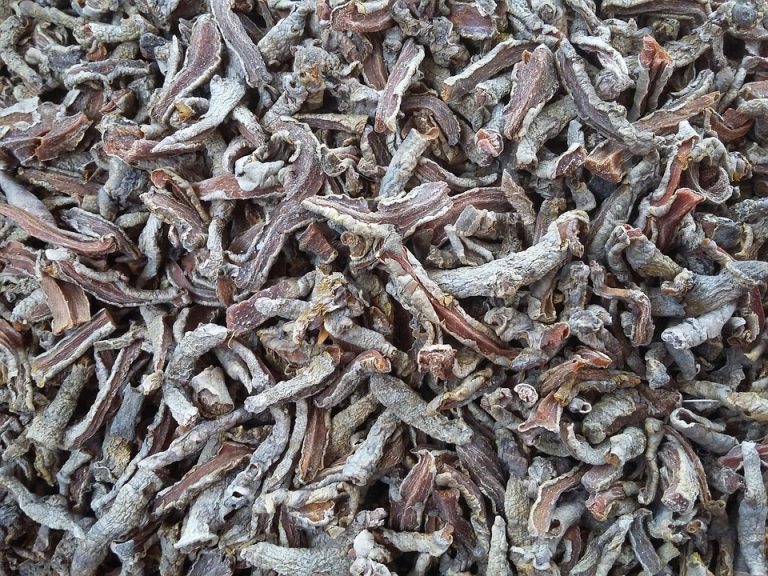Vegetables good for bones are your quiet allies in the fight for stronger, steadier bodies. These leafy powerhouses deliver calcium, vitamin K, magnesium, and other nutrients your skeleton needs to maintain density and resist fractures. If you want bones that support your life — lifting grandchildren, walking confidently, dancing at weddings — what you put on your plate matters.
Contents
Vegetables Good For Bones: 7 Leafy Greens That Build Strong Bones
Leafy greens are more than side dishes. They are concentrated nutrition in vibrant color. When you choose the right greens and prepare them well, you give your body absorbable minerals and vitamins that research and experts connect to better bone health. Harvard’s nutrition guidance and the National Institutes of Health both highlight leafy greens for their bone-supporting nutrients, making these vegetables essential if you care about longevity and mobility.
1. Kale — The Calcium King
Kale comes wrapped in bravado and for good reason. A cup of cooked kale offers a solid dose of calcium and vitamin K, two nutrients that team up to keep bone tissue strong. Kale’s calcium is more bioavailable than calcium from some other plant sources, so your body can actually use what you eat.
Cook it lightly. Steaming or sautéing kale with a splash of olive oil unlocks vitamin absorption and makes it delicious. Add kale to soups, smoothies, or a quick stir-fry and you’re adding bone-friendly fuel to your day.
2. Collard Greens — Slow-Burn Strength
Collard greens are the quiet, steadfast cousin in Southern kitchens, and they shine for bone health. Rich in calcium and magnesium, collards deliver minerals that support bone mineralization. Vitamin K in collards also helps regulate bone-building proteins.
Simmer collards gently with garlic and a squeeze of lemon. The acid from lemon helps with mineral absorption, and the flavor keeps you coming back. Make collards a weekly habit — your bones will thank you.
3. Spinach — Powerful, With One Caveat
Spinach is a rock star for many nutrients: magnesium, vitamins A and C, and a respectable amount of calcium. Studies show magnesium is critical for bone structure and the hormones that build bone. But spinach also contains oxalates, which can bind calcium and reduce absorption.
Don’t ditch spinach — just balance it. Pair it with vitamin C-rich foods like bell peppers or citrus to boost iron and calcium uptake. Use spinach wilts in omelets, toss fresh leaves into salads, or blend them into a morning smoothie.
4. Swiss Chard — Colorful And Capable
Swiss chard brings a rainbow to the plate and a powerful nutrient punch to your bones. It provides magnesium and potassium, plus vitamin K, which is increasingly recognized by researchers for its role in bone metabolism. Potassium helps neutralize acid load from foods that can otherwise leach calcium from bone.
Sauté chard stems a little longer than the leaves for tenderness, then toss the whole thing with toasted nuts for texture. The combination supplies healthy fats, which help your body absorb fat-soluble vitamins.
5. Bok Choy — Light, Crunchy, And Calcium-Rich
Bok choy is often overlooked, but it’s a smart move for bone health. This Chinese cabbage is low-calorie but high in calcium and vitamin K, and it contains vitamin C, which supports collagen — the framework bone builds upon.
Quick stir-frying retains nutrients and texture. Add bok choy to noodle bowls or sheet-pan meals. It’s an easy swap that boosts your daily intake of bone-supporting vegetables.
6. Arugula — Small Leaves, Big Benefits
Arugula’s peppery bite makes salads sing, and it has surprising bone-friendly nutrients. While not as high in calcium as some greens, arugula contributes magnesium and phytonutrients that may protect bone cells. Its nitrates also support blood flow, which helps deliver nutrients to bone tissue.
Mix arugula with denser greens like kale or collards to create a salad that tastes fresh and feeds your skeleton. Finish with a drizzle of olive oil and a squeeze of citrus.
7. Mustard Greens — A Spicy Boost For Bone Health
Mustard greens bring heat and health. They offer calcium, magnesium, and vitamin K in a bold leafy package. Emerging research links vitamin K intake with lower fracture risk, and mustard greens are a flavorful way to increase that intake.
Quickly sauté mustard greens with garlic and anchor them with whole grains or beans to create a meal that’s both satisfying and bone-supportive.
Why These Greens Work Together
Leafy greens supply a constellation of nutrients that interact to build bone. Calcium is the obvious star, but vitamin K helps bind calcium into bone. Magnesium supports bone structure and hormone balance. Vitamin C aids collagen production, and potassium helps protect bone by reducing acid load. When you eat a variety of greens, you get a balanced mix of these nutrients in forms your body can use.
Research from respected institutions shows that people who eat more green leafy vegetables tend to have better bone density and lower fracture risk. Integrating several types of greens covers gaps like oxalate content in spinach and variability in nutrient concentration.
How To Get The Most From These Vegetables
- Cook smart: Light steaming or sautéing with healthy fats boosts absorption of fat-soluble vitamins.
- Combine foods: Pair greens with vitamin C sources and healthy oils to increase mineral uptake.
- Rotate varieties: Eat kale, collards, spinach, and others across the week to diversify nutrients.
- Watch interference: If you take blood thinners, discuss high vitamin K intake with your clinician because vitamin K affects clotting.
- Aim for servings: Try to get a fistful to two fists of cooked greens or two to three cups of raw greens per day as a practical target for most adults.
Simple Recipes To Build Bones Daily
- Kale and White Bean Sauté: Sauté garlic, add kale and cooked white beans, finish with lemon and olive oil.
- Collard Wraps: Steam collard leaves and use them as wraps filled with quinoa, roasted veggies, and avocado.
- Bok Choy Stir-Fry: Quick-fry bok choy with tofu, ginger, and a splash of low-sodium soy sauce.
- Swiss Chard Grain Bowl: Toss sautéed chard with farro, toasted walnuts, and a vinaigrette.
These meals are straightforward, satisfying, and repeatable — the kind of nutrition that becomes a habit, not a chore.
Practical Tips For Busy Lives
- Batch cook greens early in the week and store them in airtight containers.
- Freeze blanched greens for smoothies and soups.
- Keep a large bag of mixed greens in the fridge to toss in omelets or sandwiches.
- Add a handful of spinach to sauces or soups for stealth nutrition.
Small routines stack into real results. If you treat leafy greens as staples rather than extras, you’ll be giving your bones steady support.
What The Experts Say
Leading nutrition authorities and medical centers highlight leafy greens for bone health. The National Institutes of Health discusses calcium and vitamin D as pillars of bone health and points to dietary sources like leafy greens. Harvard’s School of Public Health highlights vegetables for their minerals and vitamins, and peer-reviewed studies link vitamin K consumption with reduced fracture risk.
If you want credible, practical guidance, look to these institutions for meal ideas and nutrient breakdowns that align with the straightforward strategies above.
Common Concerns And Simple Answers
- Will plants give me enough calcium? Yes. Several leafy greens provide meaningful calcium, and when eaten regularly and paired with vitamin D and healthy habits, they help maintain bone density.
- Should I avoid spinach because of oxalates? Not at all. Spinach still offers magnesium and other nutrients. Pair it with vitamin C and rotate other greens to ensure balanced absorption.
- Do greens replace supplements? Greens are powerful, but some people may still need supplements depending on age, medical conditions, or limited sun exposure for vitamin D. Check with your clinician.
Bottom Line
Vegetables good for bones are not decorative extras — they are essential, daily insurance for the life you want to live. Eat a variety of kale, collards, spinach, Swiss chard, bok choy, arugula, and mustard greens. Cook them simply, pair them wisely, and make them routine. That steady, ordinary practice builds extraordinary resilience in your skeleton.
Be kind to your body. Feed it plants that repay you with strength and steadiness.
FAQ
Which vegetables are most reliable for bone health?
The most reliable vegetables are leafy greens like kale, collard greens, and bok choy because they combine calcium, vitamin K, and magnesium in usable forms for your body.
Can I get enough calcium from greens alone?
Many people can get significant calcium from a diet rich in leafy greens, but individual needs vary. Combine greens with vitamin D, and consult your healthcare provider if you have higher needs.
How should I cook greens to maximize bone benefits?
Light steaming or sautéing with a healthy fat preserves nutrients and improves absorption. Avoid overcooking, which can waste water-soluble vitamins.
Are there any interactions I should know about?
If you take blood-thinning medications, discuss high vitamin K intake with your healthcare team because it can affect medication effectiveness.
— — —
References
- National Institutes of Health discusses the role of calcium and vitamin D in bone health and offers guidance on dietary sources and recommended intakes (http://www.nih.gov/health-information/calcium-and-vitamin-d).
- Harvard T.H. Chan School of Public Health explains how fruits and vegetables, including leafy greens, support bone health through vitamins and minerals (http://www.hsph.harvard.edu/nutritionsource/what-should-you-eat/vegetables-and-fruits).
- The National Osteoporosis Foundation provides consumer-friendly information on nutrients important for bones and the role of diet and lifestyle in preventing fractures (http://www.nof.org/patients/treatment/calciumvitamin-d).
- A peer-reviewed journal article from a major medical university explores the association between vitamin K intake and reduced fracture risk in older adults (http://www.pubmed.gov/article/vitamin-k-and-bone-health).








